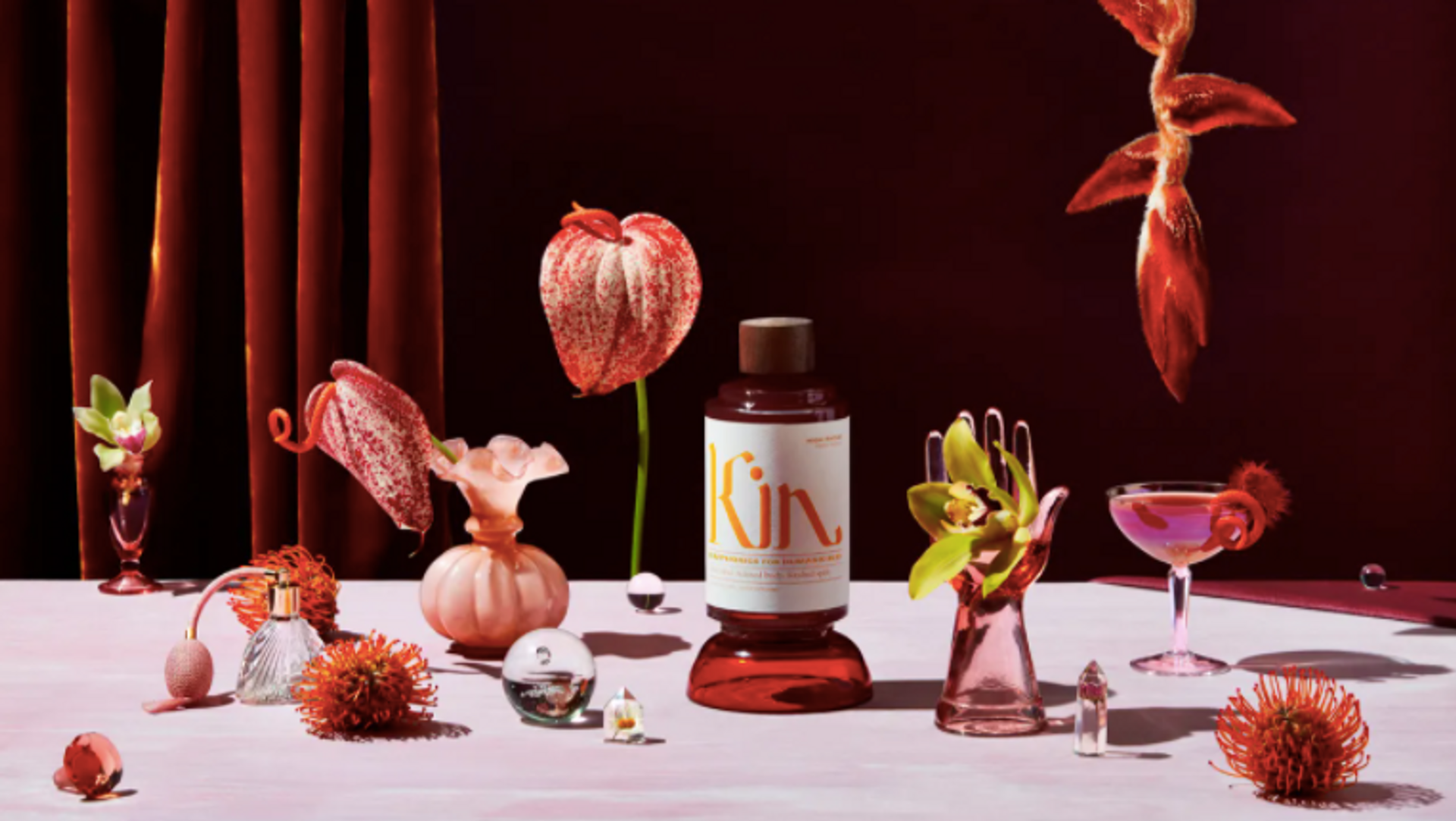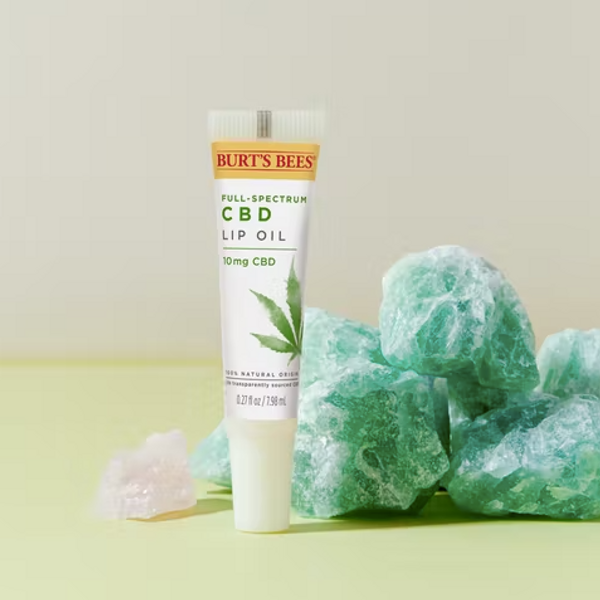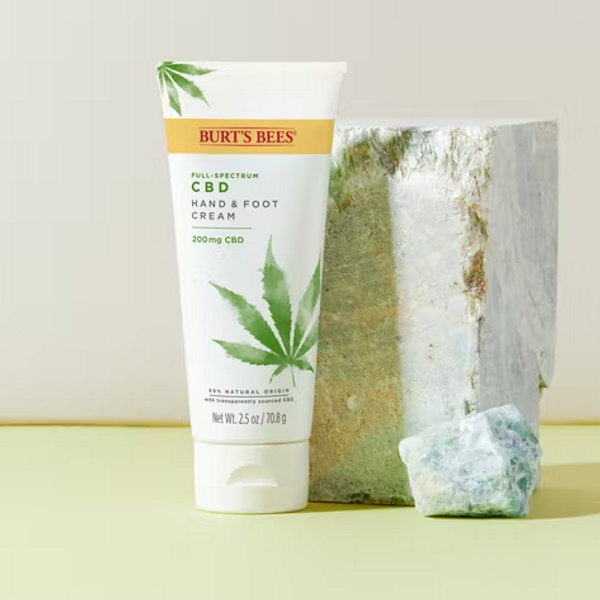It's been almost 50 years since Richard Nixon named drug abuse as "public enemy number 1." Today, Americans spend an average of $100 billion per year on illicit narcotics. Neither stringent drug laws nor overzealous DEA agents have done much to alleviate this issue. But while the War on Drugs has done very little to stop the proliferation of illegal substances it has succeeded in one key area: mass incarceration.
The amount of people in prison for drug related crimes has risen over 1000% since 1980. As the number of prisoners rose, due to the War on Drugs Nixon started and Ronald Reagan exacerbated, so too did the associated costs of housing, feeding, and guarding those prisoners. It was at this point that a group of industrious venture capitalists offered the federal government a helping hand. Promising business-like efficiency, companies like Corrections Corporation of America and The GEO Group turned private prisons into a $70 billion dollar industry. The business model is simple enough. The government pays a stipend for each prisoner and the prison makes the difference between that stipend and however much it costs to keep its prisoners alive. As one can imagine, this incentivizes prison owners to optimize their space. This usually means keeping prisoners in inhumane and unsanitary conditions. Being the shrewd businessmen that they are, many private prison owners even have occupancy minimums that they charge the government extra for not meeting, incentivizing the state to make more arrests and deliver harsher sentences.
Now back in 1994, Richard Nixon's domestic policy chief John Ehrlichman told Dan Baum of Harper's that the purpose of Nixon's war on drugs wasn't to stop drug use, but to change the public's perception of two key groups: hippies and black people.
According to Ehrlichman, "We knew we couldn't make it illegal to be either against the war or black, but by getting the public to associate the hippies with marijuana and blacks with heroin and then criminalizing both heavily, we could disrupt those communities."
If this sounds farfetched, keep in mind, Nixon's distaste for minorities is very well-documented. If we're to take Ehrlichman at his word, that the war on drugs was originally just an election strategy designed to disrupt communities who don't traditionally vote Republican, then it's pretty easy to see how racism is baked into our country's drug policies. As it was a fad, the hippie movement eventually died out. After this, the only people left connected to drug abuse were minorities and poor people. Through the quiet but pervasive racism of the 1970s this manufactured connection was left to fester in the American psyche and by the time Reagan revitalized the war on drugs, the boogeyman was already in the back of the public's mind. As a result, blacks are around 3 times as likely to be arrested for drug related crimes and about 6.5 times more likely to be incarcerated for these crimes than whites, despite the fact that black and white Americans sell and use drugs at similar rates. If you can believe it, those numbers are even more drastic when it comes to marijuana. Marijuana accounts for about 50% of our nation's drug-related arrests and though blacks and whites smoke about the same amount of pot, in some states blacks are arrested on an average of 8.5 times more than white smokers.
Still, of the 95,000 incarcerated for drug use, only about 11,500 are in jail due to violating marijuana laws. This seems to suggest that the old adage about harsh marijuana-prosecution fueling mass incarceration is incorrect. In fact, only about 15% of U.S. prisoners are in jail because of drug-related crimes. At the federal level, this jumps to around 50%, but the majority of our nation's prisoners are in state or local prisons. There's a litany of data suggesting that a violent crime surge from 1970-1990 and an overly reactionary arrest rate has been the primary driver of mass incarceration in the United States. Even so, there are close to half a million people in prison for drug related offenses, with a disproportionate amount of these prisoners being black or hispanic.
But how does this relate to private prisons?
Since the War on Drugs and our modern private prison system grew-up together, it only makes sense that they'd be bedfellows now that they've reached maturity. According to a study by Christopher Patrella, private prisons tend to look for the cheapest possible prisoners in order to maximize their profits. According to a report by the ACLU, if you're a prisoner over the age of 50, you're probably white. If you're around 30, you're probably black or Latino. It costs almost double to house a prisoner over the age of 50, due to a prison's responsibility to provide health care for its inmates. Private prisons are allowed to cherrypick whatever prisoners they want, and without fail, they always pick the cheaper option. The War on Drugs disproportionately attacks minority groups, unwittingly doing the bidding of a treasonous racist. For the private prison systems that it helped spawn however, the United States' anti-drug policies are the gift that keeps on giving.
Matt Clibanoff is a writer and editor based in New York City who covers music, politics, sports and pop culture. His editorial work can be found in Inked Magazine, Popdust, The Liberty Project, and All Things Go. His fiction has been published in Forth Magazine. -- Find Matt at his website and on Twitter: @mattclibanoff








